When in Cartagena, an indelible experience is to soak up the sweet treats under the colonial arches of Plaza de los Coches. Horse-drawn carriages, called coches, ply a brisk trade in the former slave market square, while the arcaded walkway positively groans with confectionary stands. Many of these local sweet-tooth temptations derive from African-Caribbean tradition, and are home-made, tapping into the region’s abundantly productive fruit industry.
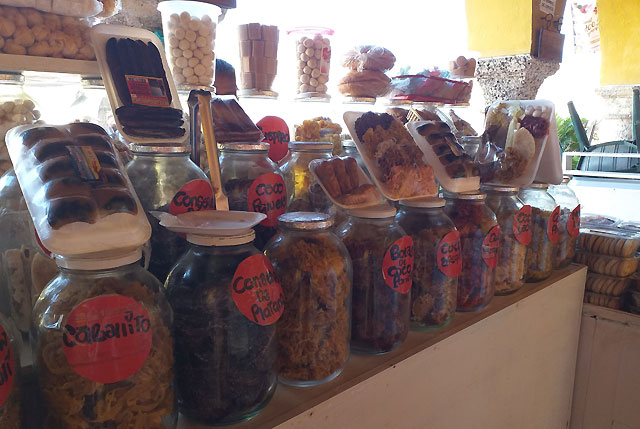
El Portal de los Dulces, or sweet arches, is steeped in family tradition, with many stands remaining a going concern within the same family for nearly a century. Top buys include Cocada de Coco; grated coconut, cinnamon, sugar, coconut water and milk are the main ingredients of this delicacy.
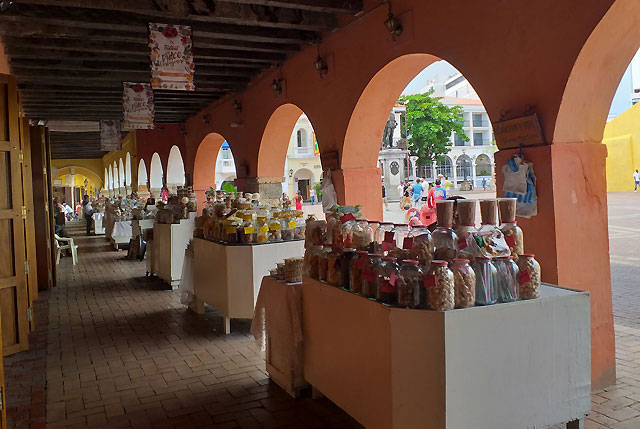
Cocadas are like candied rock patties made from shredded coconut, with numerous adaptations like cocada de arequipe (caramel, along with strawberry, guava and pineapple variations. Then there’s Cubanito, a roll wrapped in coloured papers, blending a mixture of flavours like coconut and cinnamon.
A go-to street food is arepa de huevo, thicker than your average arepa, it is stuffed with egg and ground beef. A breakfast staple in Cartagena. Patacones are smashed, double fried, green plantain patties. They are almost like a big, thick plantain chip that is crisp on the outside and soft inside, often filled with cheese.
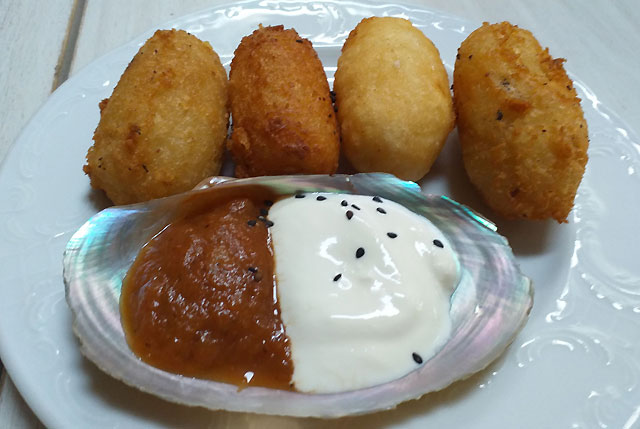
I adored Papa Rellenas; big, deep fried balls of mashed potatoes filled with ground beef. Once again, the fried theme is a throwback to Cartagena’s deep African roots, not dissimilar to the south of the USA. I also wrapped my lips around Bollos, steamed rolls of mashed corn. You’ll recognise them wrapped in the corn leaves. A winning variation is bollo con coco, which as the name suggests, is a corn and coconut combo.
Spanish, African and indigenous flavours seem to blend in endlessly delicious iterations, which has made Cartagena such a foodie hot-spot. Seafood-lovers, rejoice. Ceviche studs virtually every restaurant menu in Cartagena. Look for one that includes suero sour cream and/or coconut milk. La Cevicheria is the local legend that Bourdain fell in love with, triggering constant queues of curious punters.
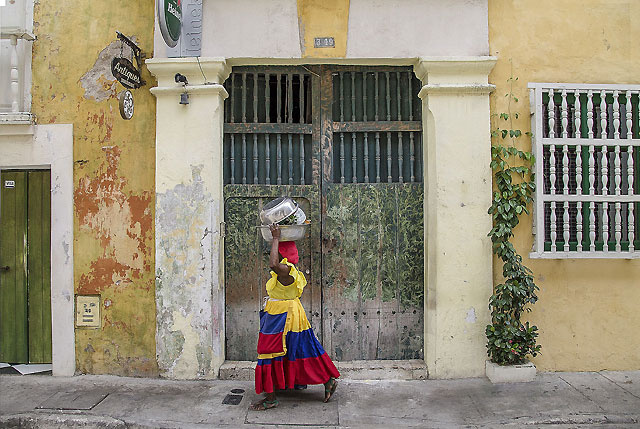
Camarones al Ajillo is a delightful dish, shrimp in a garlic, butter, and white wine sauce. The best places also throw in some cream to get the sauce nice and thick. Cazuela de Mariscos is another signature dish. This seafood stew typically brims with shrimp, calamari and clams. Strike it lucky and lobster might also be floating in your stew. Cooked with coconut milk, the Cazuela de Mariscos is Cartagena’s version of seafood chowder.
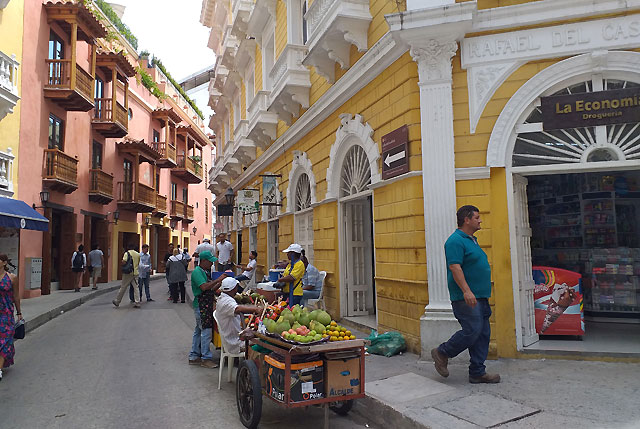
Cartagena is also spoilt for choice when it comes to fruit and fruit drinks. Top sips include mango biche, green mango with salt and lime juice, watermelon, pineapple and papaya. When in season, ciruela and mamón are also interesting local favourites to try. But their lemonade (limeade) is like the juice of the gods. Or watch the sun dissolve from the sea atop the old city walls, while sipping on a coco frio (chilled coconut milk.)
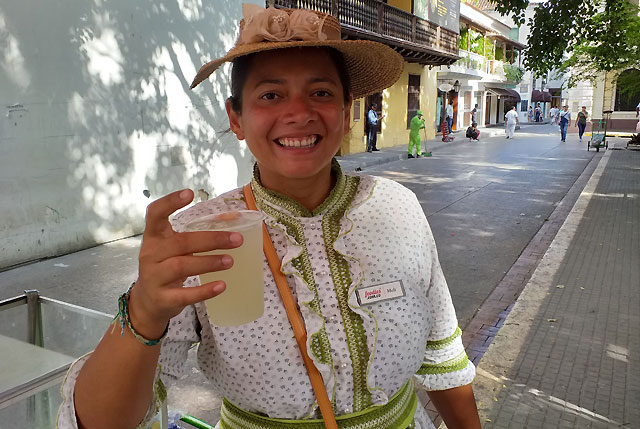
Feeling ripe and ready for more local food adventures, my guide Claudia, whisked me to Mercado Bazurto, a heaving, pulsating mini-city of mercantile prowess, where traditional dishes are cooked in rustic quarters on wood-fires in giant pots, to the market sections of seafood, fresh produce and meat. I started in the meat section, an unrivalled multi-sensory assault, where the mantra, “waste not, want not” has been applied to the hilt.
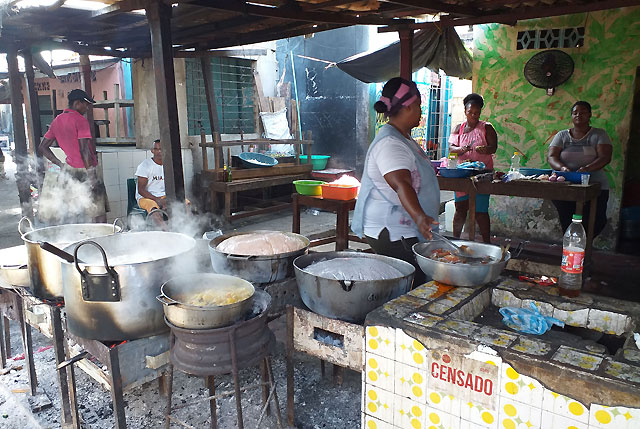
Every conceivable body part was duly carved up and displayed for sale by Bazurto’s butchers. Cow brain, cow stomach, cow eyeballs, cow intestines, cow tails – even armadillos were on the sales rack. I could barely contain dry-reaching.
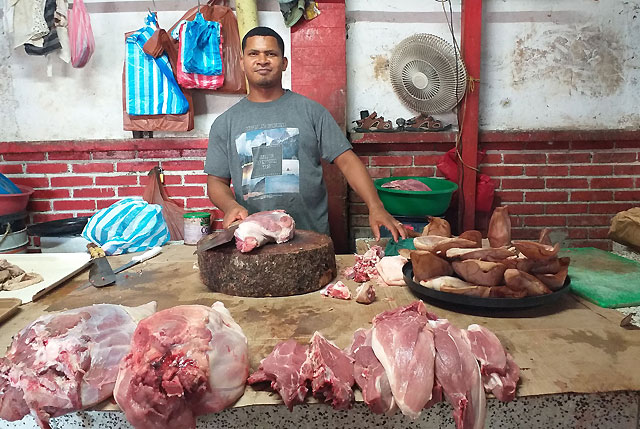
The seafood section was more palatable, lustily showboating Cartagena’s close embrace of Neptune’s bounty, while the fruit and vege section beckoned like a photoshopped rainbow of colour, goodness and succulence. Market traders were only too happy to let you have a nibble on some most unfamiliar fruits, like Corozo, Granadilla, Mamon, Mamey and Zapote (soap-apple).

Colombia’s Caribbean region apparently grows more varieties of fruit than virtually anywhere on earth. I marvelled over the size of the mangos and watermelons, as I passed a warehouse, where they were stacked like ten pin bowling balls, tumbling out onto the street. If you like your travels served up with unvarnished authenticity, Bazurto Market is a transfixing foray with Cartagena’s soul.
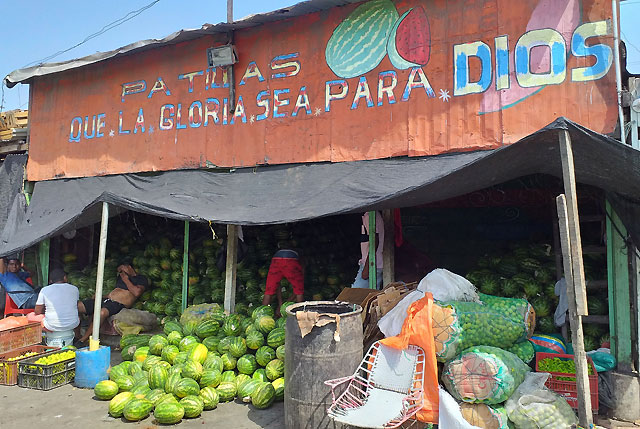
Colombia loves its ice-cream and a scoop or two of iced sweet goodness doesn’t get any better than at Gelataria Paradiso, where a plethora of real fruit gelato taps deep into the region’s bounty of locally-grown tropical fruits. Think pistachio and hibiscus, ginger and lime, mango and coconut, passionfruit and soursop. It sure is the taste of paradise, and undeniably therapeutic, when the heat and humidity starts taking its toll. I also would rate the freshly crushed iced lemonade as the best I have ever tasted. Made using a combination of lemons and limes, it’s truly restorative.
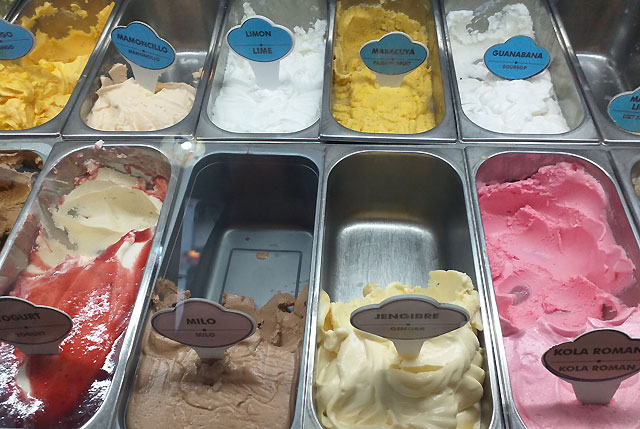
Hungry for a shopping fix? Las Bóvedas (Spanish for ‘the vaults’) is an arcade underneath the wall of the Old Town right by the sea. It contains different shops selling souvenirs, traditional Colombian clothing, jewellery, paintings – the works. Originally built as dungeons in the 18th century, it is now home to some of Cartagena’s most sought-after antiques and handicrafts. Even if you’re just browsing, it is a cultural gem.
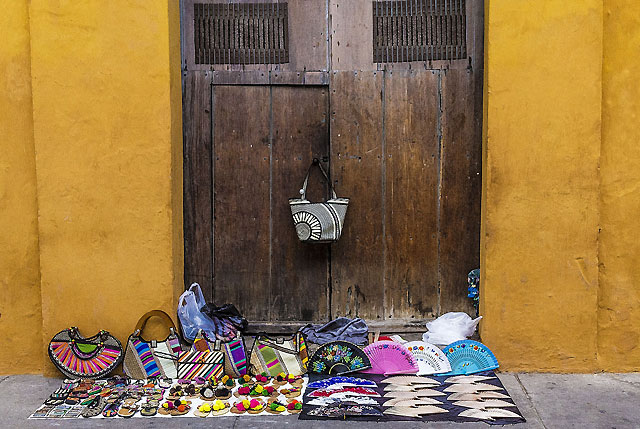
Don’t miss the neighouring barrio of Getsemani, just ten minutes walk, beyond the old city walls. It is a real-deal rough and roughy working-class neighbourhood that works hard and plays hard. One of the most famous Getsemani landmarks is Café Havana, a Cuban-inspired bar with live salsa music and mojitos spilling forth long into the night. The festive ambience of Santísima Trinidad Square is another nocturnal spectacle, where local street bands, buskers, dancers and jugglers transform the plaza into an impromptu open-air theatre.
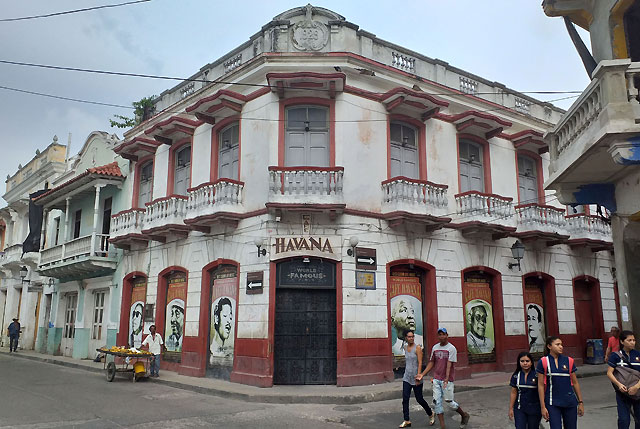
Tiny little hardware stores and cycle repair shops, that look lost in time, happily rub shoulders with throbbing salsa clubs, blazing street art and busy backpacker hostels. Paint peels from faded pastel-coloured houses, kids kick footballs and cats scrap in slinky alleyways, while Shakira blasts out from al-fresco bars.
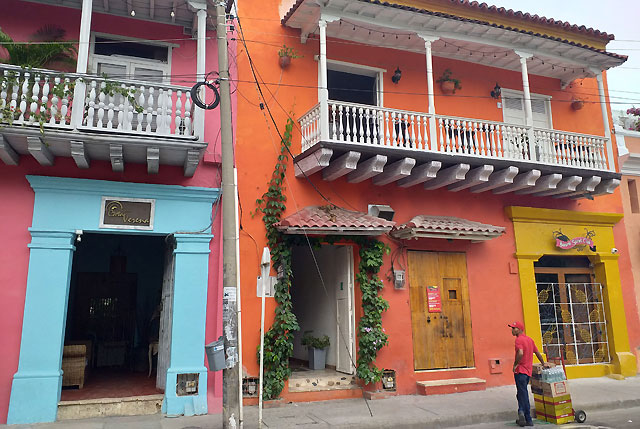
And although Getsemani has embraced the tourist trade, tourism has not diluted its raffish, unpretentious authenticity. It’s why you find a refreshing familial vibe. Locals spend the evenings with their front doors wide open, inviting the breeze — and perhaps new visitors, into their home.
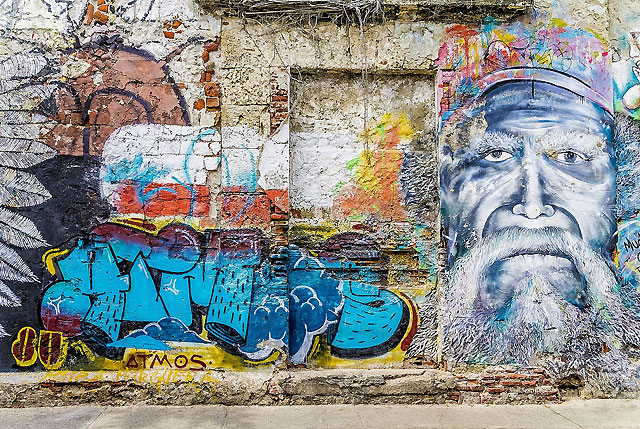
But could that be about to change? Four Seasons is planning to buy up a street load of townhouses and turn it into a resort. It’s hugely contentious, and the biggest threat to Getsemani’s essential small-scale personality. See it, before it’s too late.
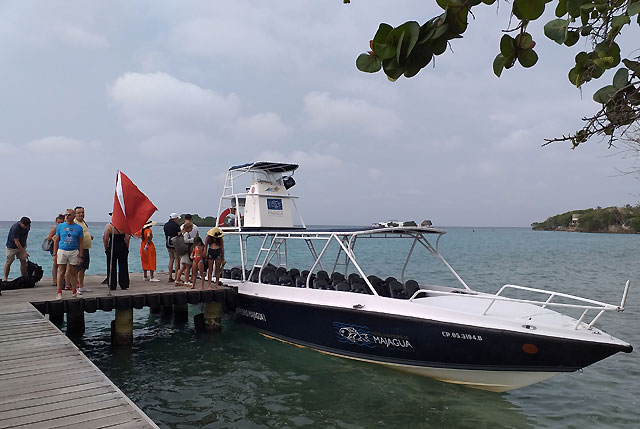
Fancy a beach break? Bocagrande is the ritzy sweep of beach, backed by high-rise glassy hotels in the modern part of the city, if you need an oceanside change of scenery, with the beach and jetski set. An even better option is to zip down to the port and catch a ferry to the Rosario Islands, a necklace of palm-fringed islets in the Caribbean Sea.
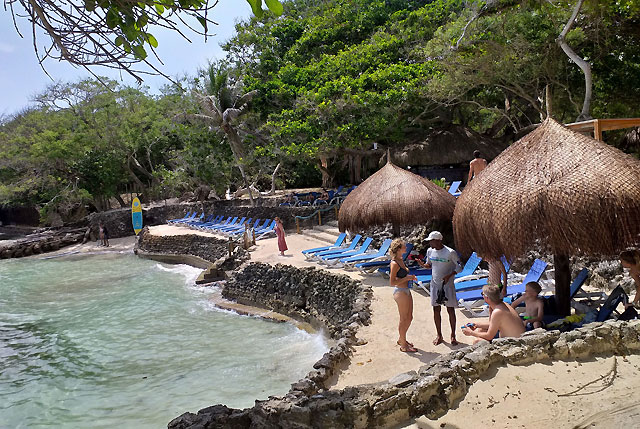
It’s a 50 minute ferry ride from the mainland, where powdery shores and techni-coloured coral await. More than 500 species of fish populate Rosario’s waters, so the snorkelling and diving is an eye-full. For a quick-break, do it as a day-trip and enjoy an island lunch at Hotel San Pedro de Majagua.
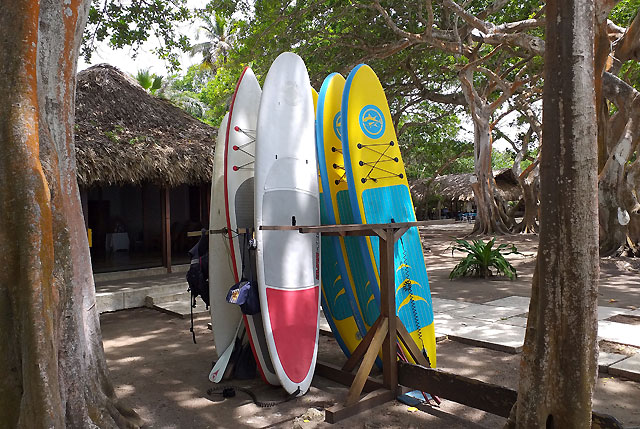
Where to stay? Roaming the old town, it’s the wide and ornate carved doors that exude so much self-importance, mystery and history. As do the sublime wooden balconies, adorning so many houses. The longer the balcony, the wealthier the original residents were is the rule of thumb. If only those balconies and doors could talk… My abode in Cartagena was Ananda Hotel Boutique, a sumptuously restored 16th century colonial townhouse in the heart of the old with gorgeous guest rooms.
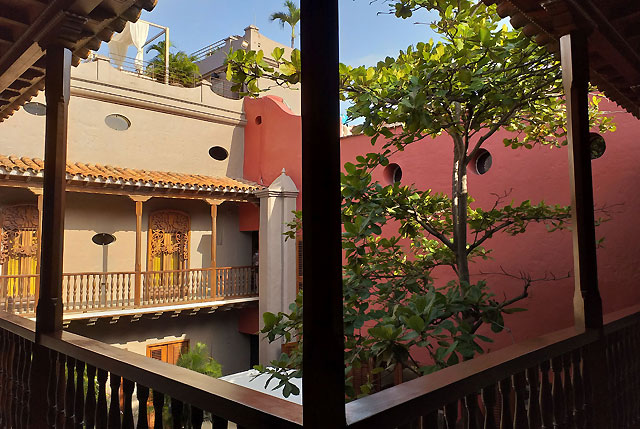
Boasting 23 lovely suites, they are richly furnished, fusing evocative character with luxury design. Sporting three patios, a pool with Jacuzzi, restaurant, bar-lounge, two terraces, day beds, gym and a Grand Salon, this hushed oasis is a godsend from the old town buzz for indulgent relaxation. The on-site restaurant offers a delicious combination of Caribbean and Mediterranean cuisine. It’s a class-act.
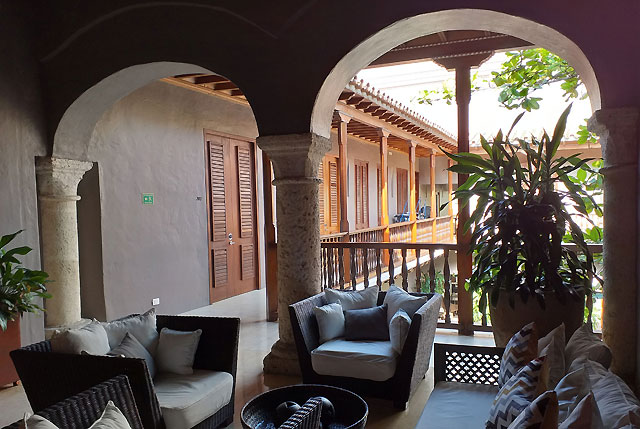
Whether you’re flying into Cartagena from Bogota or further afield, book your travel plans through Expedia. The Expedia mobile app gives Kiwis the flexibility to build their whole trip in one place. After booking, all itineraries are stored and are accessible even without internet access. It also delivers flight updates, check-in reminders, and lots more right in the palm of your hand.
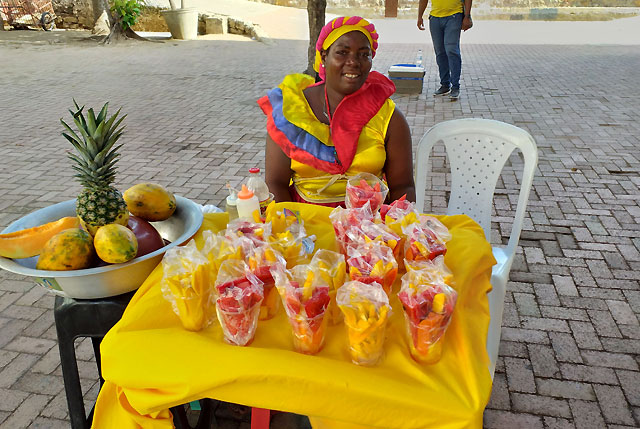

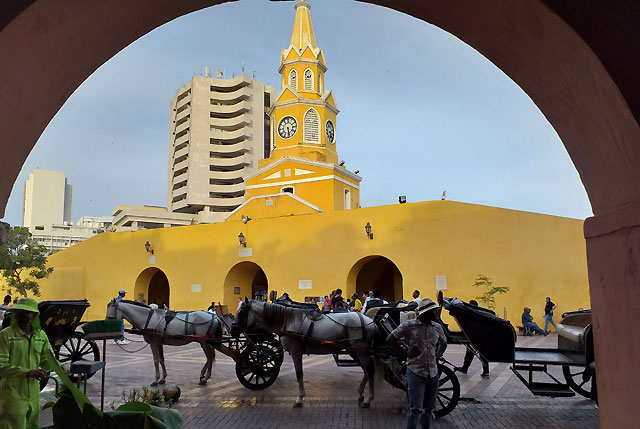

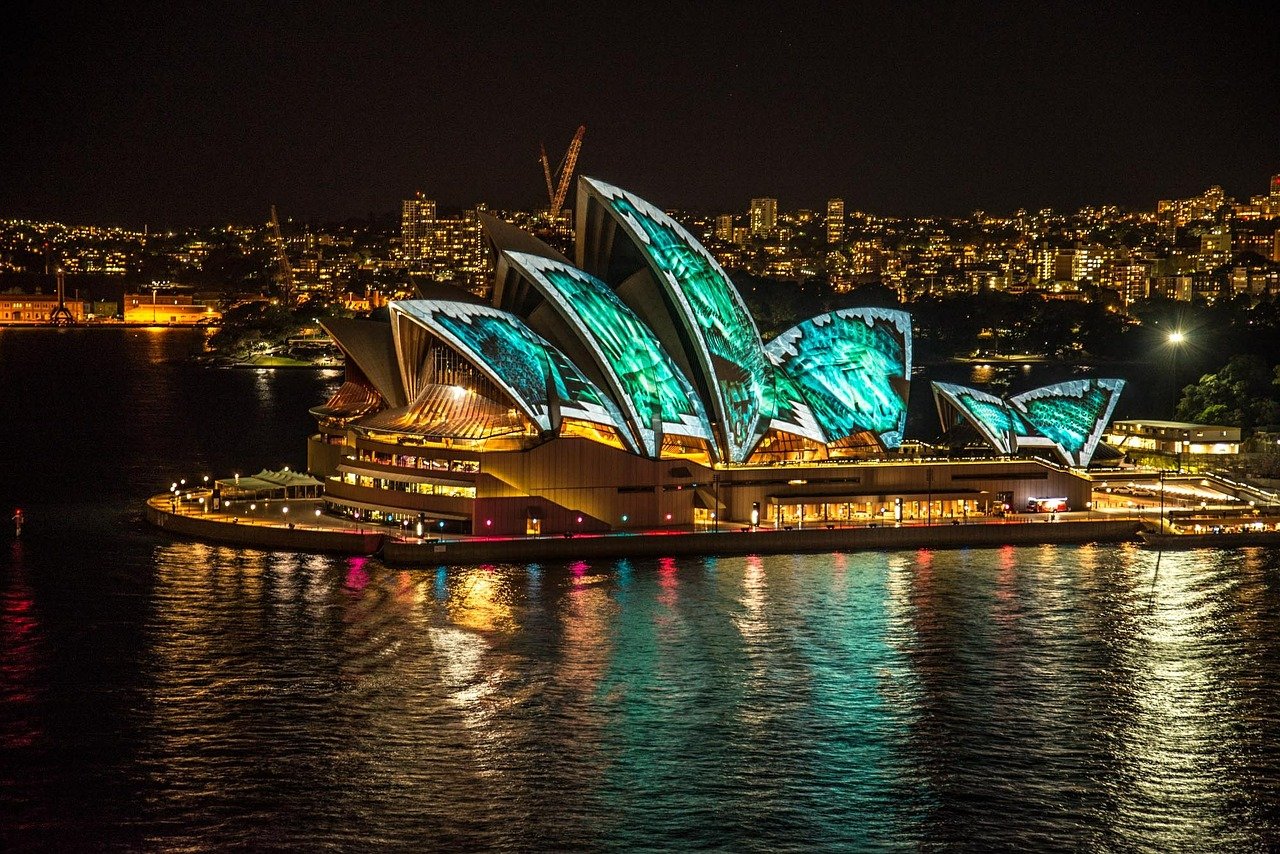
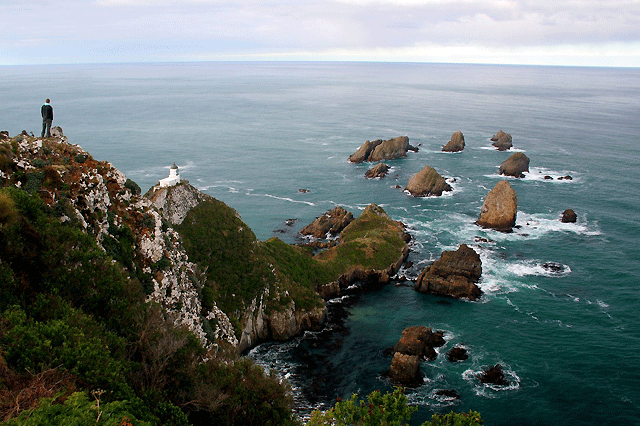
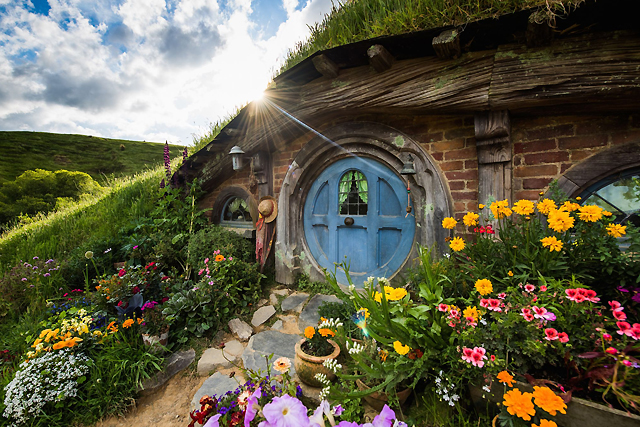
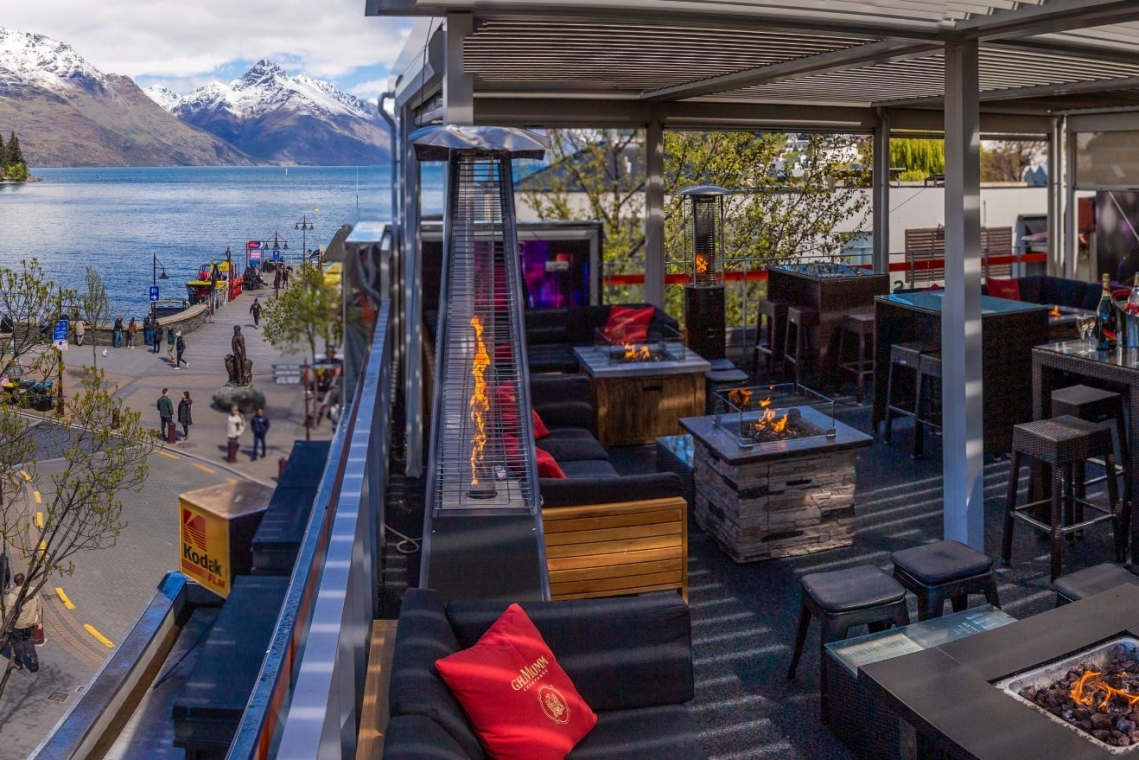

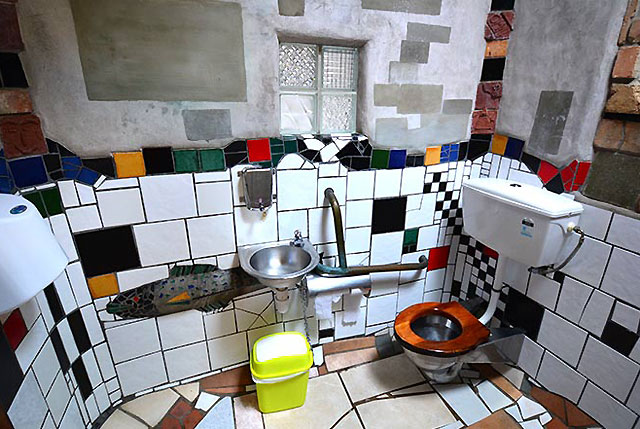




Recent Comments